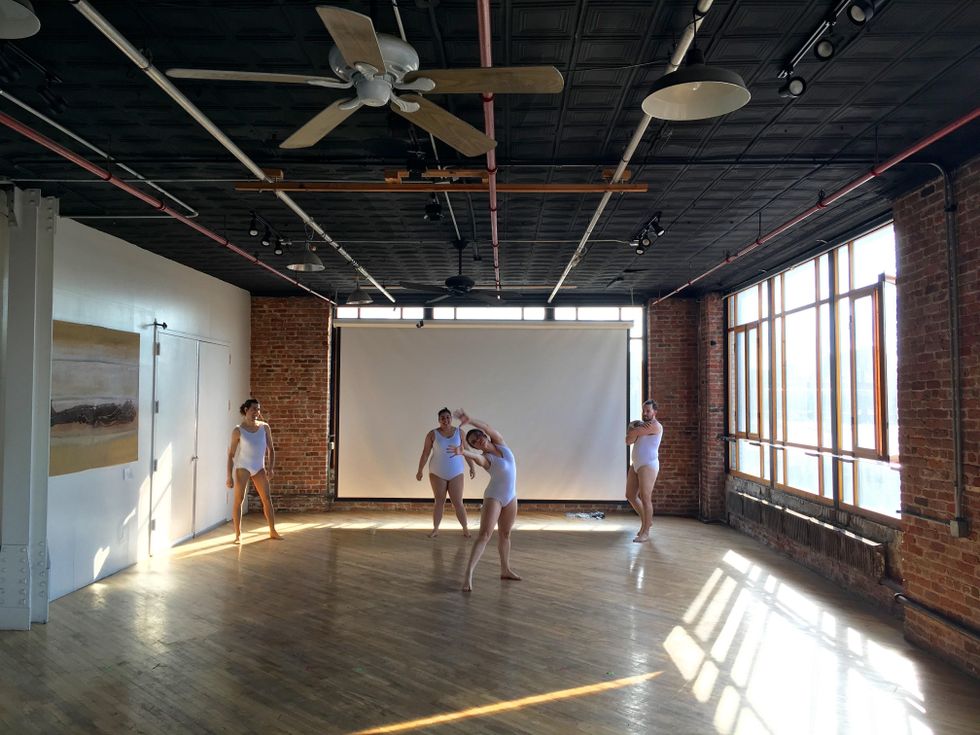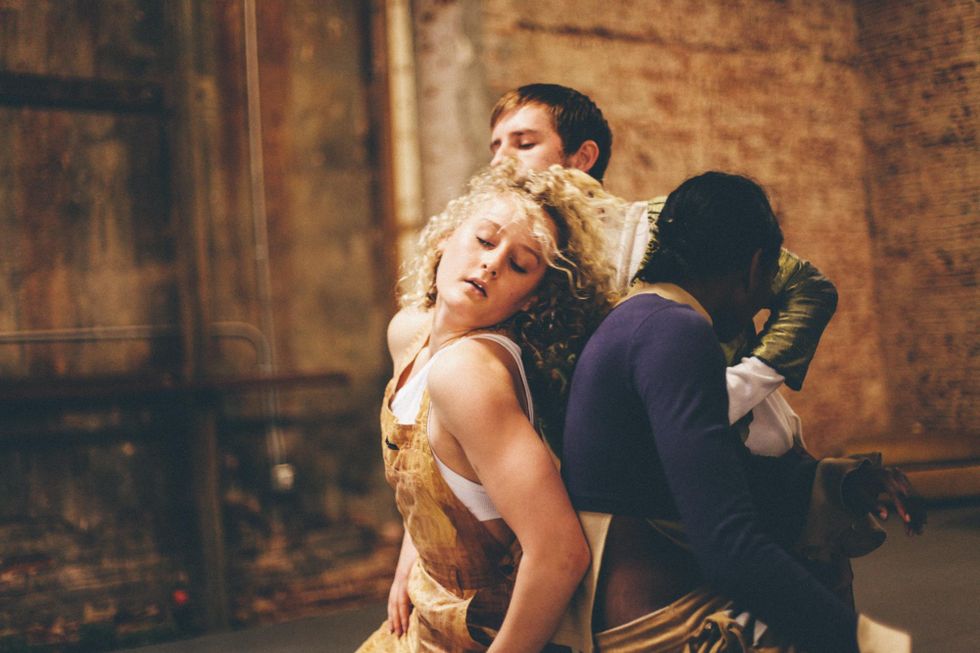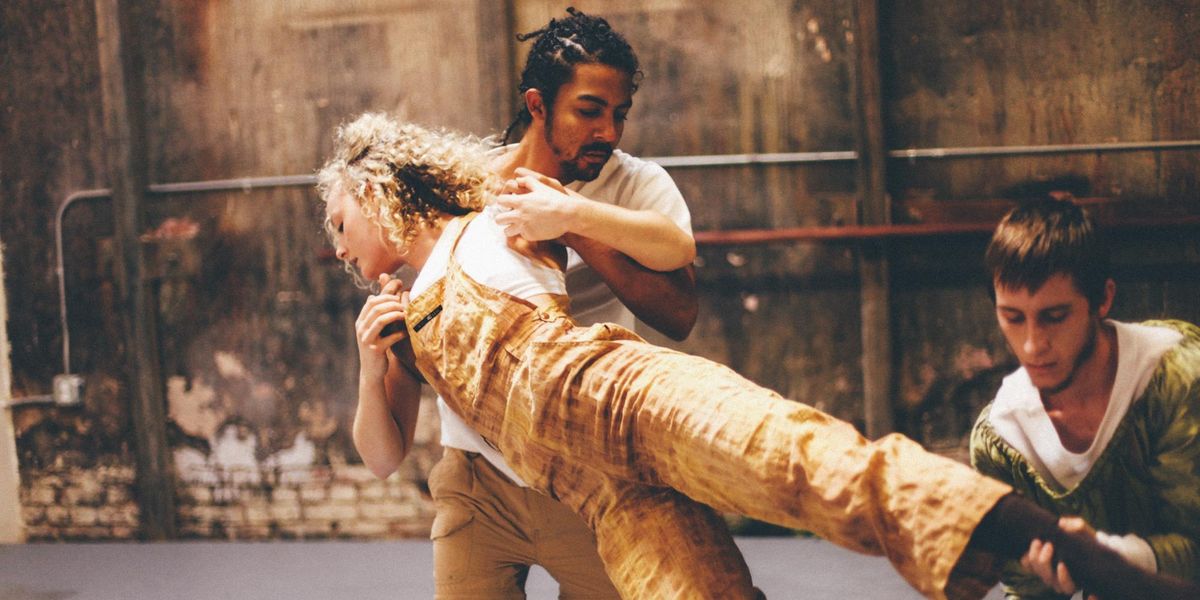How to Create a Residency from Scratch
Back in 2002, dancer and choreographer Jonah Bokaer founded an art space in Brooklyn called Chez Bushwick. As Manhattan and Brooklyn were quickly becoming unaffordable, and many studio spaces were closing, Bokaer seized upon “creative placemaking”—the idea that the arts can play an integral role in community-building—before it became a buzzword. “We have been sustaining and maintaining one of the most affordable dance studios in New York State since the very beginning of my career,” he says.
Fifteen years later, the challenges for choreographers in expensive urban centers continue unabated, and Bokaer has found his original mission magnified. While Chez Bushwick remains a haven for the next generation, there is also a growing number of young dancemakers who have been inspired to create their own residencies, communities and, ultimately, opportunities.

Chez Bushwick, PC Yuri Hyun
Why Create Residencies?
Though residencies can vary widely, one goal is common: the desire to create community. When Pepper Fajans founded Brooklyn Studios for Dance, he wanted a place where dance professionals, amateurs, artists, audience members and neighbors could mix seamlessly. The result is a rehearsal, performance and class space run out of the Cadman Congregational Church in Brooklyn. In Los Angeles, Christopher Bordenave was unable to find the kind of welcoming dance hub he craved. So this winter he opened No)one. Art House with the goal of it becoming a place where young people of color can be inspired by a diverse range of dance styles, music, film and visual art.
Claim Your Space
No matter your working model or scale, developing a strong network and utilizing your resources are key to getting a residency off the ground. For Fajans, the year-and-a-half-long path to opening Brooklyn Studios for Dance began when he was introduced to the church’s board of trustees. Fajans offered himself up as the caretaker of the building, which was in need of repairs. In return for his efforts, Fajans has acquired a room out of which to run classes and rehearsals, and curate events and performances.

No)one. Art House, PC Tyler Adams
Bordenave originally began developing his company No)one and initial residency program in donated spaces. But artists shouldn’t always rely on freebies, he warns. “Space donations can be tricky, and with favors, sometimes the stipulations change.” Bordenave was eventually able to afford his space by teaming up with a stylist and a photographer.
To ease the burden of maintaining a space, residencies can take advantage of their community. Brooklyn Studios for Dance offers discounts to artists who help out. Arts On Site, a Manhattan space run by Chelsea Ainsworth, regularly puts out calls for volunteers.
Boost Your Career
A thriving residency program has obvious benefits for the dance community it fosters—but it can transform the artistic career of its founder, too. Bordenave’s program has helped him and his colleagues capitalize on opportunities to collaborate with diverse artists, and bring in guests hailing from Nederlands Dans Theater, Batsheva Dance Company, Ballet BC and Cullberg Ballet. After Solange Knowles attended one of No)one’s performances choreographed by Danielle Russo, her people reached out and were interested in presenting the performance again. The resulting show drew 200 people from the R&B world and was a coup for the company, Russo and the mission of broadening the dance community.




